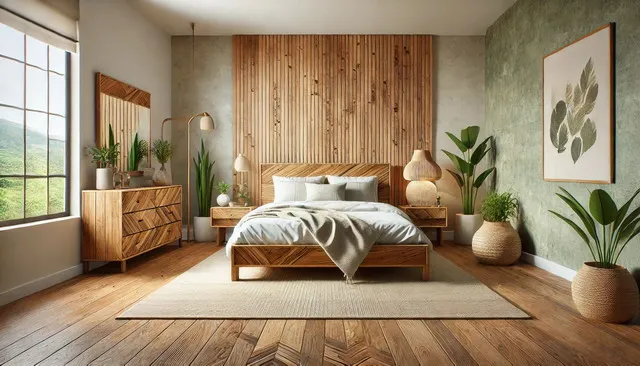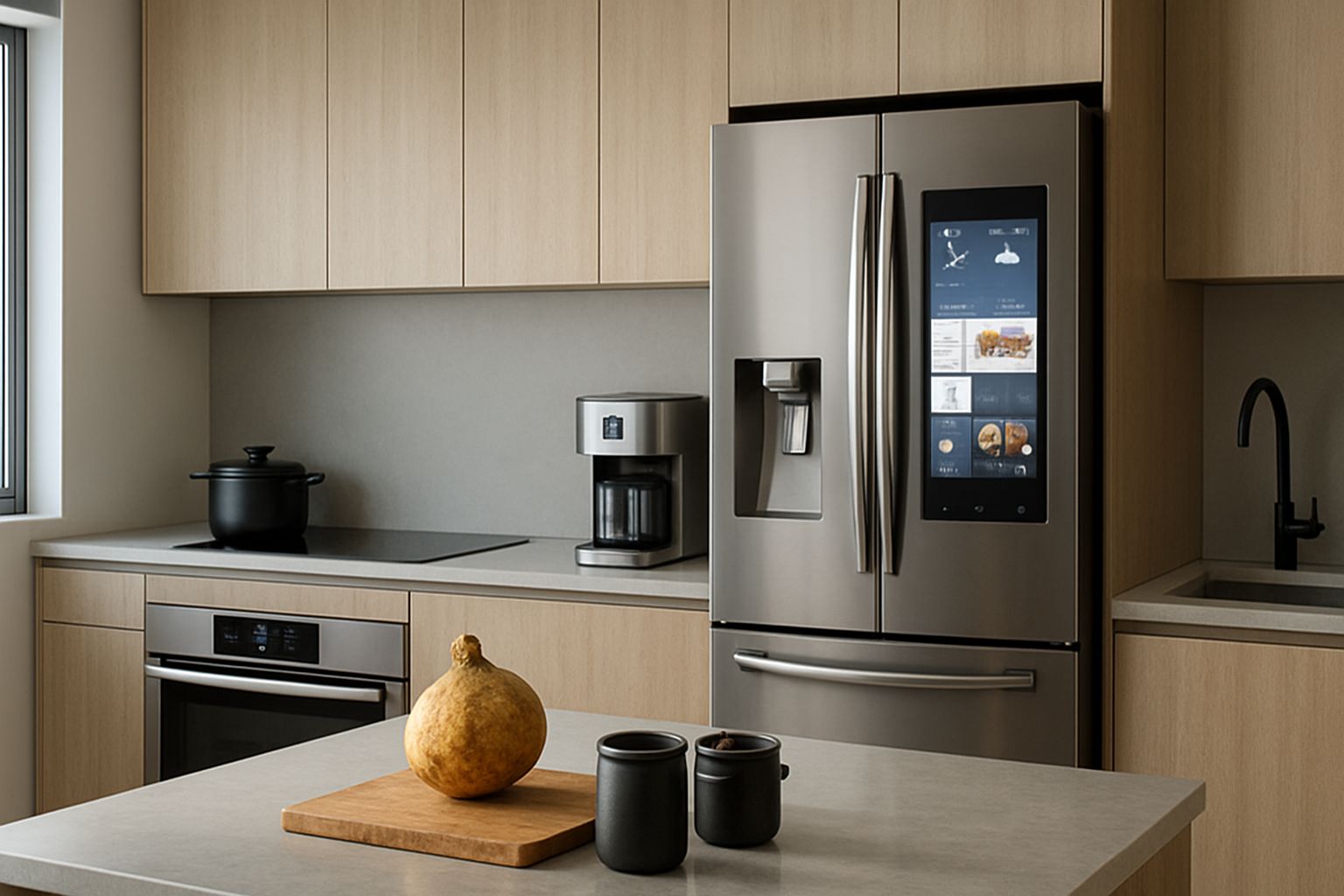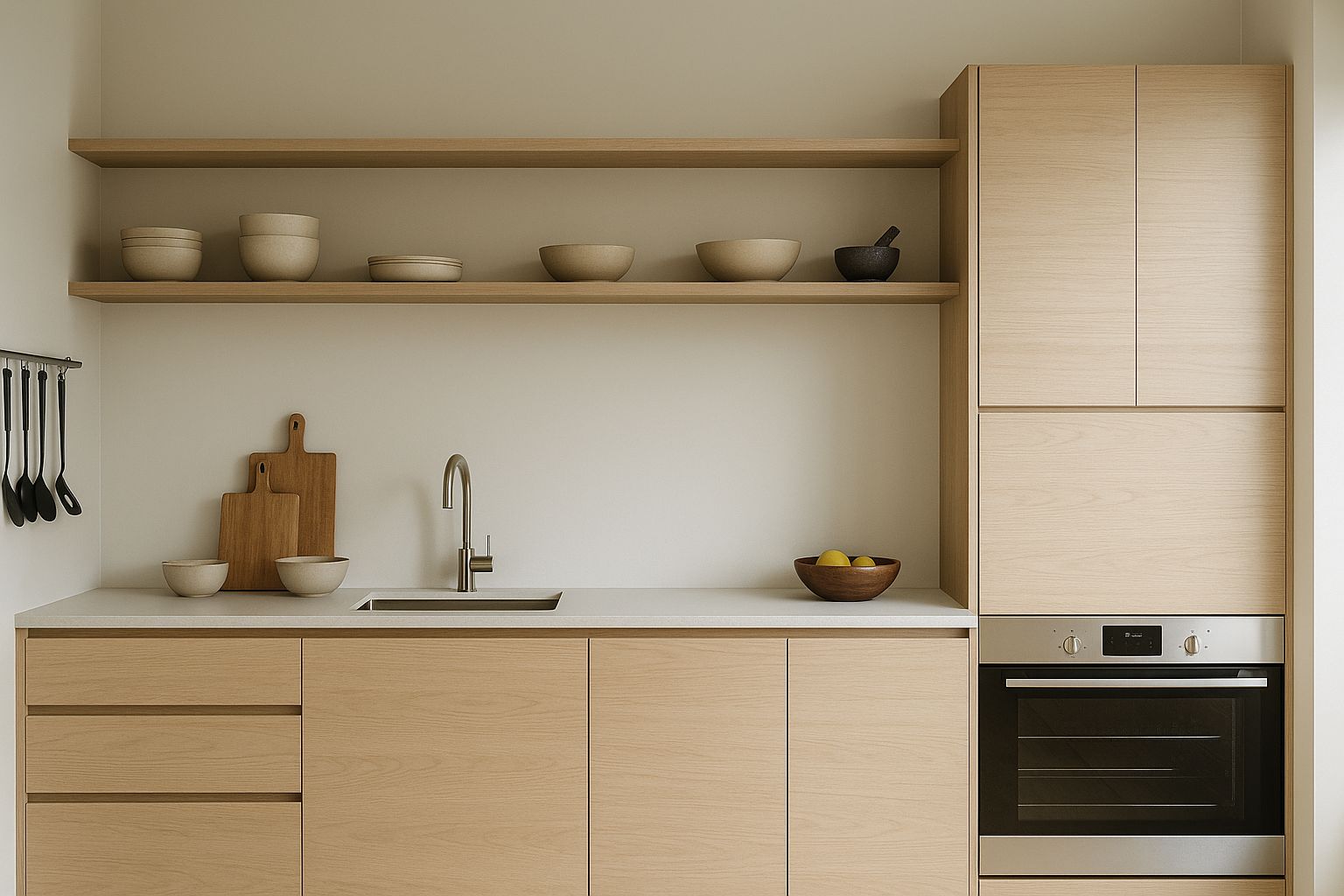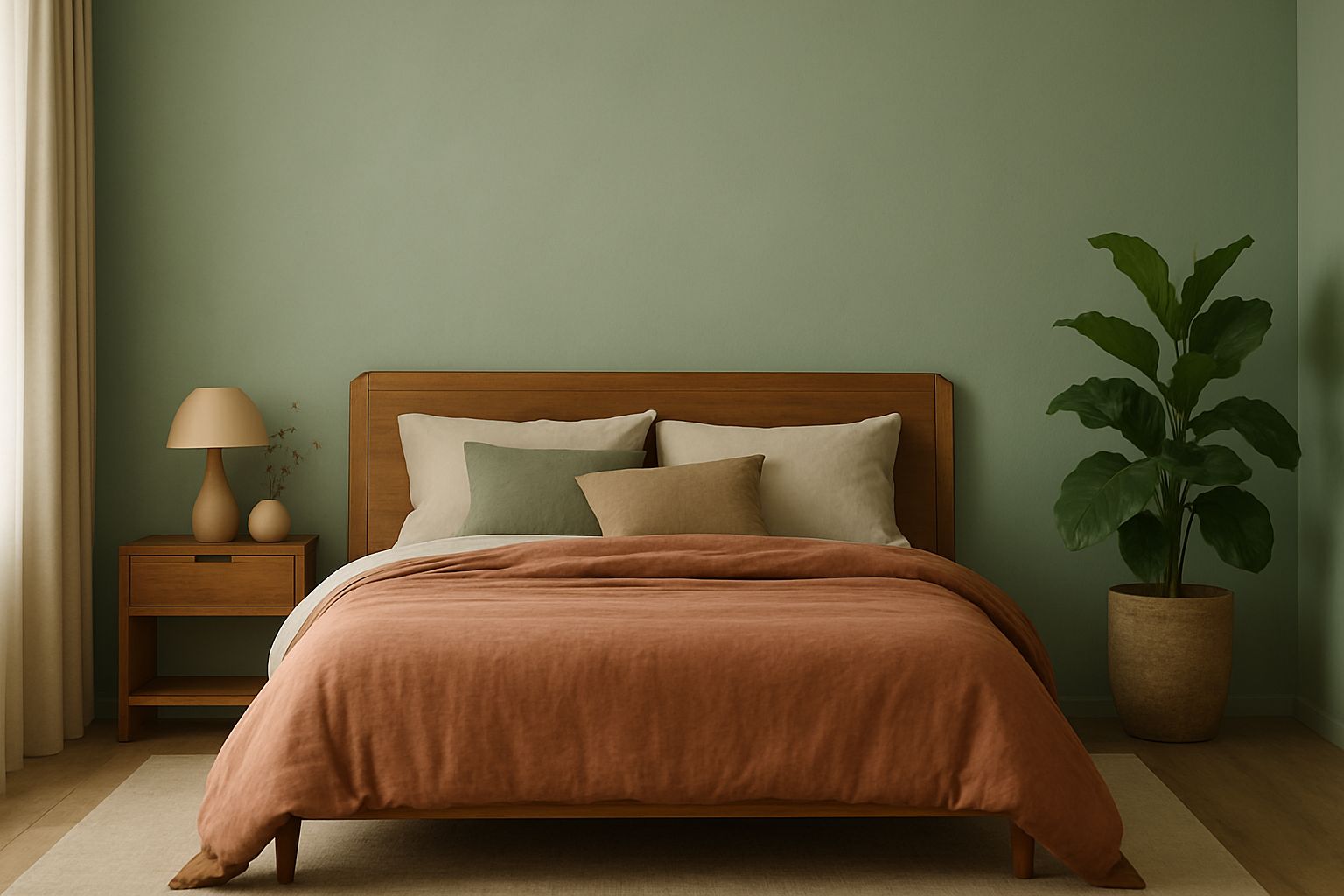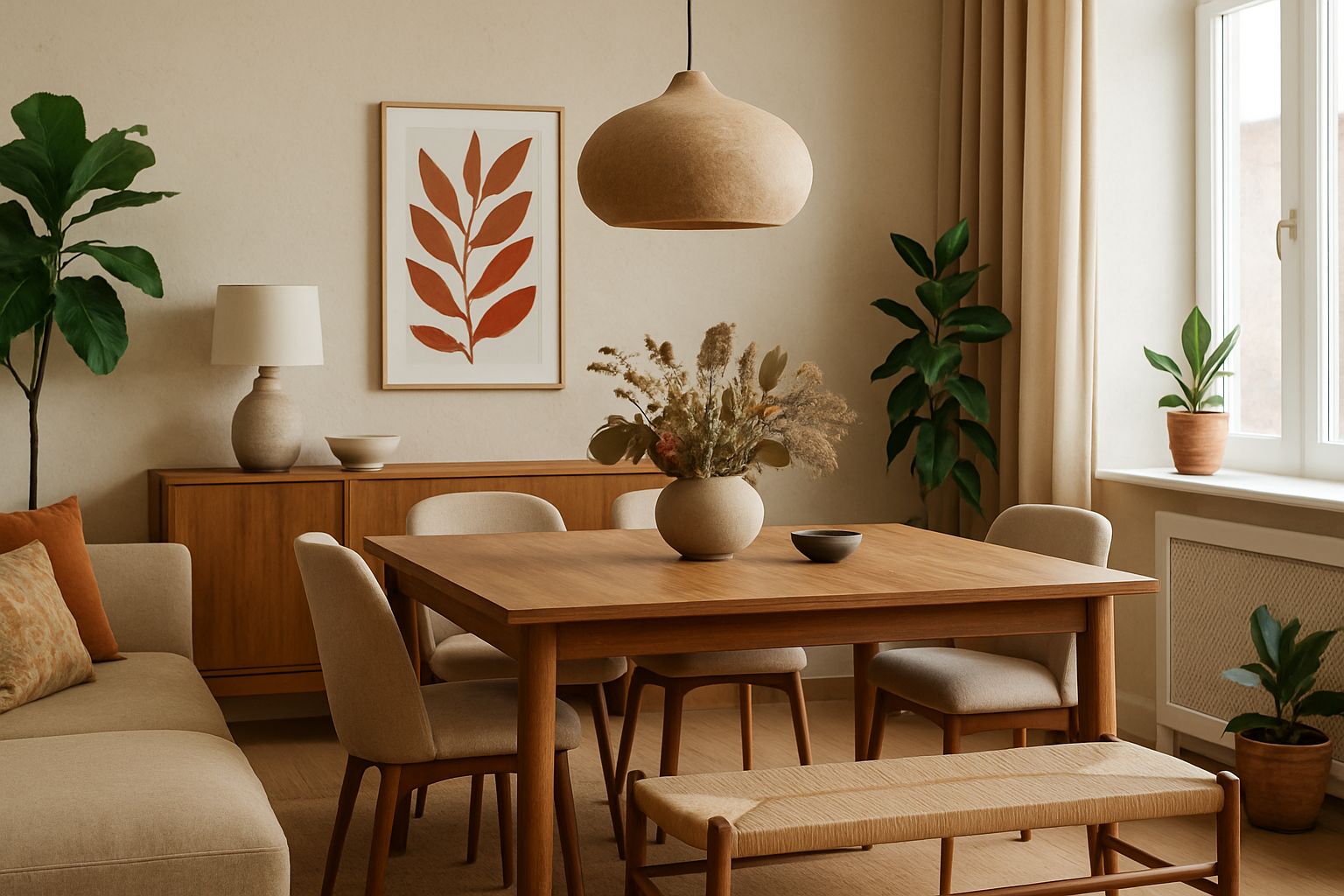The push towards sustainability has transformed various industries, and furniture design is no exception. As we move into 2026, sustainable bedroom furniture is becoming a significant focus for both designers and consumers. This article explores the key trends in sustainable bedroom furniture 2026, offering insights into eco-friendly designs, materials, and innovations that are set to shape the industry.
1. Eco-friendly Bedroom Furniture Designs 2026
Eco-friendly bedroom furniture designs are increasingly becoming the norm as consumers demand products that are both stylish and environmentally responsible. Eco-friendly furniture is made using processes and materials that have a minimal negative impact on the environment. This includes the use of non-toxic finishes, responsibly sourced wood, and recycled materials.
In 2026, we can expect to see a rise in furniture that incorporates these elements in creative and innovative ways. Designers are focusing on creating pieces that not only look good but also promote a healthier living environment. For instance, bed frames and dressers made from reclaimed wood are gaining popularity for their unique aesthetic and sustainable origins. Additionally, eco-friendly designs often emphasize durability and longevity, reducing the need for frequent replacements and thus minimizing waste.
The benefits of eco-friendly furniture extend beyond environmental impact. These pieces are often free from harmful chemicals and toxins, making them a healthier choice for households. As awareness of the importance of sustainability grows, eco-friendly furniture designs are set to become even more prevalent in the bedroom furniture market.
2. Sustainable Wood Bedroom Furniture Trends 2026
Wood remains a popular choice for bedroom furniture due to its timeless appeal and versatility. However, the focus is shifting towards sustainable wood options to ensure that our forests are preserved for future generations. Sustainable wood is harvested from responsibly managed forests that prioritize ecological balance, biodiversity, and the well-being of local communities.
In 2026, furniture made from sustainable wood will dominate the market. Species such as bamboo, which grows rapidly and requires minimal resources, are becoming increasingly popular. Additionally, certifications like the Forest Stewardship Council (FSC) label help consumers identify products that meet rigorous environmental and social standards.
Design trends are also evolving to incorporate the natural beauty of sustainable wood. We will see more minimalist and Scandinavian-inspired designs that highlight the wood’s natural grain and texture. These pieces often feature clean lines and simple forms, allowing the beauty of the material to take center stage.
Overall, sustainable wood furniture not only supports forest conservation but also offers consumers durable, high-quality pieces that enhance the aesthetic of any bedroom.
3. Recycled Material Bedroom Furniture Ideas 2026
The use of recycled materials in bedroom furniture is a growing trend that aligns with the principles of sustainability and circular economy. By repurposing materials that would otherwise end up in landfills, designers are creating innovative and eco-friendly furniture pieces.
In 2026, we can expect to see an increase in the variety of recycled materials used in bedroom furniture. These materials include reclaimed wood, recycled metal, and upcycled textiles. For example, bed frames made from recycled metal not only offer a modern and industrial look but also contribute to reducing waste and conserving natural resources.
Innovative uses of recycled materials are also emerging. Designers are experimenting with creating furniture from unconventional materials such as recycled plastic and reclaimed industrial parts. These pieces often have a unique and contemporary aesthetic that appeals to environmentally conscious consumers.
Several companies are leading the way in producing furniture from recycled materials. Brands like Emeco and Eco Balanza have built their reputations on creating high-quality, sustainable furniture using recycled and reclaimed materials. Their commitment to sustainability sets a standard for the industry and inspires other manufacturers to adopt similar practices.
By choosing furniture made from recycled materials, consumers can contribute to waste reduction and support the development of a circular economy, where resources are reused and repurposed rather than discarded.
4. Organic Bedroom Furniture Innovations 2026
Organic bedroom furniture is gaining traction as consumers seek healthier and more sustainable options for their homes. Organic furniture is made from materials that are grown and processed without the use of synthetic chemicals, pesticides, or fertilizers. This not only ensures a healthier indoor environment but also promotes sustainable agricultural practices.
In 2026, organic furniture innovations will be at the forefront of sustainable bedroom design. Materials such as organic cotton, wool, and natural latex are being used to create mattresses, bedding, and upholstery. These materials are not only free from harmful chemicals but also offer superior comfort and durability.
Innovations in organic furniture also extend to the construction methods. For instance, non-toxic adhesives and finishes are being used to assemble furniture, ensuring that no harmful volatile organic compounds (VOCs) are released into the indoor air. Additionally, the use of natural dyes and finishes enhances the aesthetic appeal of organic furniture while maintaining its eco-friendly credentials.
The sourcing and processing of organic materials are also critical to their sustainability. Many manufacturers are partnering with local farmers and artisans to ensure that materials are sourced responsibly and that the production process supports local communities. This not only promotes economic sustainability but also helps preserve traditional crafts and skills.
Organic bedroom furniture offers a perfect blend of sustainability, health, and style. As consumers become more aware of the benefits of organic products, the demand for organic bedroom furniture is set to grow, driving further innovation in this field.
5. Minimalist Sustainable Bedroom Furniture 2026
Minimalism and sustainability go hand in hand, as both prioritize simplicity, functionality, and a reduction in waste. Minimalist sustainable bedroom furniture is characterized by its clean lines, uncluttered design, and use of eco-friendly materials. This trend reflects a shift towards more intentional living, where consumers are choosing quality over quantity.
In 2026, minimalist sustainable bedroom furniture will continue to gain popularity. Key characteristics of this trend include the use of natural and renewable materials, such as bamboo, reclaimed wood, and organic textiles. These materials are often left in their natural state, showcasing their inherent beauty and reducing the need for additional processing or finishes.
Functionality is another hallmark of minimalist sustainable design. Furniture pieces are designed to serve multiple purposes, reducing the need for excess items in the bedroom. For example, a bed frame with built-in storage or a convertible sofa-bed not only saves space but also minimizes the environmental impact of producing multiple pieces of furniture.
Minimalist sustainable designs often draw inspiration from Scandinavian and Japanese aesthetics, which emphasize simplicity, craftsmanship, and a connection to nature. These designs create a calm and serene bedroom environment, promoting relaxation and well-being.
By choosing minimalist sustainable furniture, consumers can create a more intentional and eco-friendly living space, reducing their environmental footprint while enjoying high-quality, timeless pieces.
6. Renewable Resource Bedroom Furniture 2026
Renewable resources are materials that can be replenished naturally over time, making them an essential component of sustainable furniture design. In 2026, the use of renewable resources in bedroom furniture will be a key trend, driven by the need to conserve finite resources and reduce environmental impact.
Popular renewable resources used in 2026 bedroom furniture include bamboo, cork, and fast-growing timber species. Bamboo, in particular, is highly regarded for its rapid growth rate and versatility. It can be used to create everything from bed frames to flooring, offering a sustainable alternative to traditional hardwoods.
Cork is another renewable resource gaining traction in the furniture industry. Harvested from the bark of cork oak trees, it regenerates naturally and can be harvested without harming the tree. Cork is used in a variety of furniture applications, including tabletops, headboards, and upholstery.
The environmental impact of using renewable resources is significant. These materials require fewer resources and energy to produce, and their use supports sustainable forestry and agricultural practices. Additionally, renewable resources often have a lower carbon footprint compared to non-renewable materials.
Designers are also exploring innovative ways to incorporate renewable resources into furniture. For example, combining bamboo with recycled metal or using cork as a primary material for modular furniture systems. These designs not only highlight the versatility of renewable resources but also offer consumers stylish and sustainable options for their bedroom.
7. Energy-efficient Bedroom Furniture Trends 2026
Energy efficiency is a crucial aspect of sustainable living, and furniture design is no exception. Energy-efficient bedroom furniture trends for 2026 focus on reducing the energy consumption associated with manufacturing, use, and disposal of furniture.
One of the key design features that contribute to energy efficiency is the use of lightweight materials. Lightweight furniture requires less energy to transport and assemble, reducing the overall carbon footprint. Additionally, materials such as aluminum and certain composites can be recycled more efficiently, further conserving energy.
The role of technology in energy-efficient furniture is also significant. Smart furniture that incorporates energy-saving features, such as LED lighting with motion sensors or adjustable heating elements, can enhance comfort while reducing energy consumption. These innovations align with the broader trend towards smart home technology, where interconnected devices optimize energy use.
Another important aspect of energy-efficient furniture is its durability and longevity. High-quality furniture that lasts for many years reduces the need for frequent replacements, conserving the energy and resources required to produce new items. Sustainable design practices, such as modular construction and easy-to-repair components, also contribute to the longevity of furniture.
Energy-efficient bedroom furniture not only benefits the environment but also offers cost savings for consumers. By reducing energy consumption, homeowners can lower their utility bills and contribute to a more sustainable future.
8. Green Bedroom Furniture Design Concepts 2026
Green design principles prioritize environmental sustainability, health, and well-being. Green bedroom furniture design concepts for 2026 emphasize the use of eco-friendly materials, energy-efficient production methods, and designs that promote a healthy living environment.
One of the core principles of green design is the use of sustainable materials. This includes renewable resources, recycled materials, and organic textiles. Green furniture also avoids the use of harmful chemicals, such as formaldehyde and flame retardants, which can off-gas and negatively impact indoor air quality.
Energy-efficient production methods are another key aspect of green design. Manufacturers are adopting practices that minimize waste, reduce energy consumption, and utilize renewable energy sources. For example, furniture companies are investing in solar-powered factories and using water-based finishes to reduce environmental impact.
Designs that promote a healthy living environment are also central to green bedroom furniture. This includes ergonomic furniture that supports proper posture and reduces physical strain, as well as designs that maximize natural light and ventilation. The use of natural materials and finishes further enhances indoor air quality, creating a healthier and more comfortable bedroom environment.
Green bedroom furniture design concepts are not only about sustainability but also about creating a harmonious and balanced living space. By incorporating these principles into their designs, manufacturers can offer consumers furniture that is both beautiful and environmentally responsible.
9. Zero-waste Bedroom Furniture Collections 2026
The zero-waste movement aims to eliminate waste by designing products and systems that promote reuse, recycling, and composting. In 2026, zero-waste bedroom furniture collections will be at the forefront of sustainable design, offering consumers innovative solutions that minimize environmental impact.
Zero-waste furniture is designed with the entire lifecycle in mind, from sourcing materials to disposal. This includes using reclaimed and recycled materials, designing for disassembly, and creating modular components that can be easily repaired or replaced. By adopting these practices, manufacturers can significantly reduce the amount of waste generated during production and disposal.
One of the key principles of zero-waste design is creating products that are built to last. High-quality craftsmanship and durable materials ensure that furniture can withstand years of use without needing replacement. This not only conserves resources but also reduces the energy and emissions associated with manufacturing new products.
Innovative zero-waste designs are also emerging. For example, furniture made from biodegradable materials, such as mycelium (a type of fungus), can decompose naturally at the end of its life, leaving no waste behind. Similarly, modular furniture systems that allow for easy customization and reconfiguration can adapt to changing needs without generating waste.
By choosing zero-waste bedroom furniture, consumers can contribute to a more sustainable and circular economy, where resources are conserved, and waste is minimized.
10. Biodegradable Bedroom Furniture Materials 2026
Biodegradable materials are those that can break down naturally and return to the earth without causing harm to the environment. In 2026, biodegradable bedroom furniture materials will play a crucial role in promoting sustainability and reducing waste.
Common biodegradable materials used in furniture include natural fibers, such as hemp, jute, and linen, as well as innovative materials like mycelium and bioplastics. These materials offer the same durability and aesthetic appeal as traditional materials but have the added benefit of being environmentally friendly.
The use of biodegradable materials in furniture also aligns with the principles of a circular economy. By designing products that can be composted or biodegraded at the end of their life, manufacturers can ensure that their products do not contribute to landfill waste. This approach not only conserves resources but also supports the regeneration of natural systems.
One of the challenges of using biodegradable materials is ensuring that they meet the performance and durability standards expected by consumers. However, advances in material science and engineering are addressing these challenges, making biodegradable materials more viable for a wide range of furniture applications.
As consumers become more conscious of their environmental impact, the demand for biodegradable bedroom furniture is set to grow. By choosing furniture made from biodegradable materials, consumers can support sustainable practices and contribute to a healthier planet.
Conclusion
The sustainable bedroom furniture trends for 2026 reflect a growing commitment to environmental responsibility and a desire for healthier living spaces. From eco-friendly designs and sustainable wood to recycled materials and biodegradable options, these trends offer a range of solutions for creating stylish and sustainable bedrooms. As we move towards a more sustainable future, these innovations will continue to shape the furniture industry, offering consumers the opportunity to make environmentally conscious choices without compromising on style or quality.

